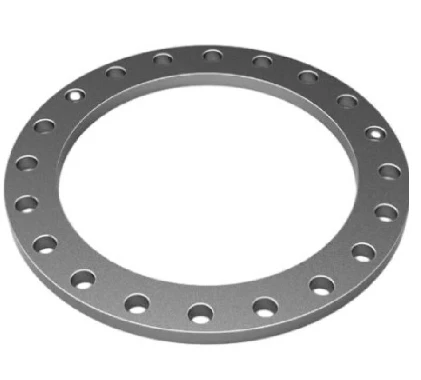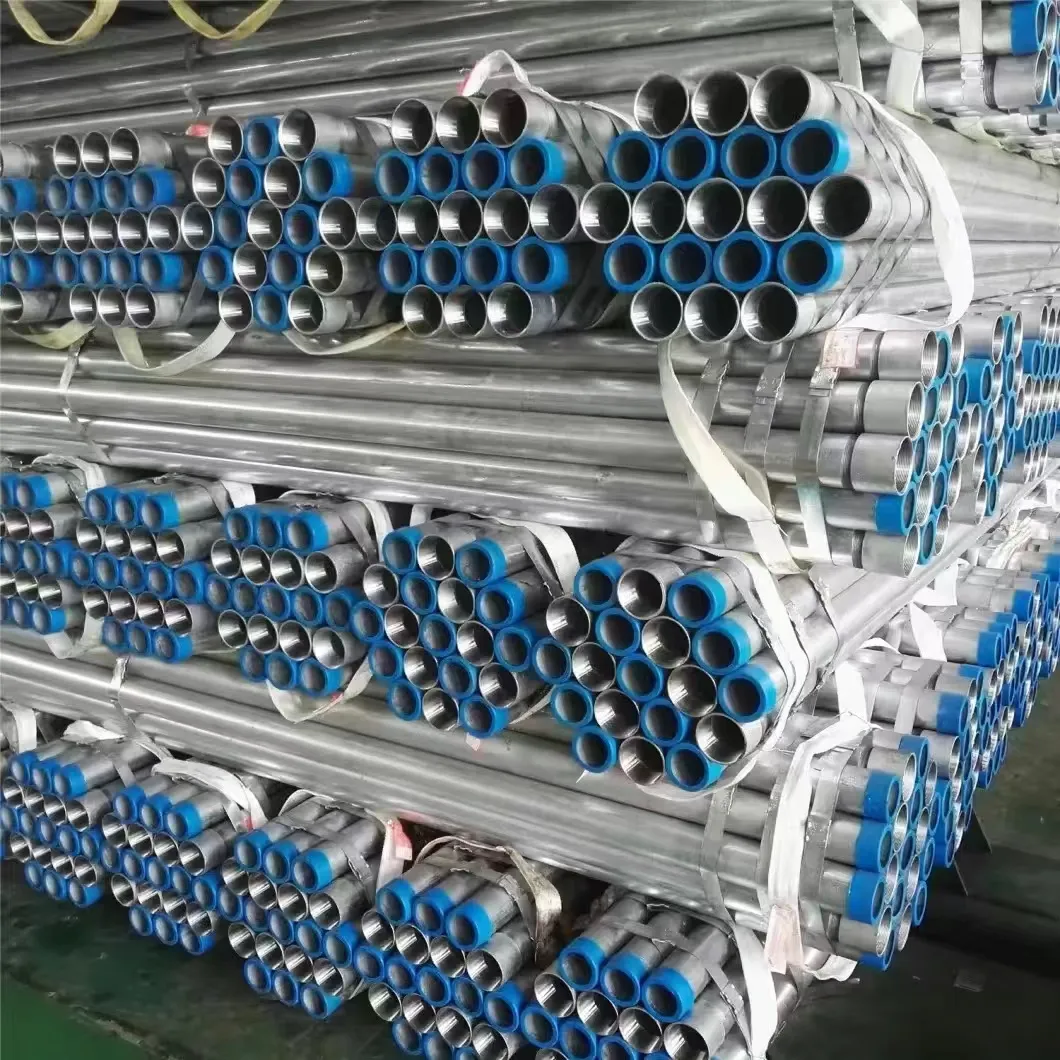-
Cangzhou Yulong Steel Co., Ltd.
-
Phone:
+86 13303177267 -
Email:
admin@ylsteelfittings.com
- English
- Arabic
- Italian
- Spanish
- Portuguese
- German
- kazakh
- Persian
- Greek
- French
- Russian
- Polish
- Thai
- Indonesian
- Vietnamese
- Zulu
- Korean
- Uzbek
- Hindi
- Serbian
- Malay
- Ukrainian
- Gujarati
- Haitian Creole
- hausa
- hawaiian
- Hebrew
- Miao
- Hungarian
- Icelandic
- igbo
- irish
- Japanese
- Javanese
- Kannada
- Khmer
- Rwandese
- Afrikaans
- Albanian
- Amharic
- Armenian
- Azerbaijani
- Basque
- Belarusian
- Bengali
- Bosnian
- Bulgarian
- Catalan
- Cebuano
- China
- China (Taiwan)
- Corsican
- Croatian
- Czech
- Danish
- Esperanto
- Estonian
- Finnish
- Frisian
- Galician
- Georgian
- Kurdish
- Kyrgyz
- Lao
- Latin
- Latvian
- Lithuanian
- Luxembourgish
- Macedonian
- Malgashi
- Malayalam
- Maltese
- Maori
- Marathi
- Mongolian
- Myanmar
- Nepali
- Norwegian
- Norwegian
- Occitan
- Pashto
- Dutch
- Punjabi
- Romanian
- Samoan
- Scottish Gaelic
- Sesotho
- Shona
- Sindhi
- Sinhala
- Slovak
- Slovenian
- Somali
- Sundanese
- Swahili
- Swedish
- Tagalog
- Tajik
- Tamil
- Tatar
- Telugu
- Turkish
- Turkmen
- Urdu
- Uighur
- Welsh
- Bantu
- Yiddish
- Yoruba

Feb . 15, 2025 09:26 Back to list
flange types
Flange types play a critical role in the assembly and functionality of piping systems across various industries, offering both structural and performance benefits. Each flange type is uniquely designed to meet specific requirements, and understanding these can enhance decision-making in procurement, installation, and maintenance. Below, we've demystified different flange types, focusing on their real-world applications, material compatibility, installation, and performance nuances.
Lap Joint Flanges are designed for applications where frequent dismantling is required for inspection or cleaning purposes. While they feature a loose flange, which is not directly welded to the pipe and thereby allows for rotational freedom, they rely on the backing flange to provide a seal. This setup, while suitable for low-pressure applications, requires caution as misalignment during installation can compromise the seal's effectiveness. Petrochemical refineries and food processing plants benefit from their versatility and ease of assembly and disassembly. Threaded Flanges, though not as commonly used today due to advancements in welding technology, remain relevant in scenarios where welding could pose a risk, such as in explosive or flammable environments. Threaded flanges don't require welding, making them ideal for small, high-pressure systems where heat from welding could result in system vulnerabilities. Their maintenance simplicity often outweighs their limitations in handling vibration compared to other, welded counterparts. Each flange type has its ideal use case, and the choice hinges on factors like pressure ratings, installation environment, and operational conditions. An in-depth understanding of these variables can significantly boost system efficiency, cost-effectiveness, and longevity. For businesses looking to apply the right flange types to their piping systems, it’s essential to consult with vendor experts, evaluate long-term performance data, and consider future system modifications or expansions. Correct flange selection not only enhances system integrity but also safeguards against premature failures and operational hiccups, ensuring seamless productivity across operations.


Lap Joint Flanges are designed for applications where frequent dismantling is required for inspection or cleaning purposes. While they feature a loose flange, which is not directly welded to the pipe and thereby allows for rotational freedom, they rely on the backing flange to provide a seal. This setup, while suitable for low-pressure applications, requires caution as misalignment during installation can compromise the seal's effectiveness. Petrochemical refineries and food processing plants benefit from their versatility and ease of assembly and disassembly. Threaded Flanges, though not as commonly used today due to advancements in welding technology, remain relevant in scenarios where welding could pose a risk, such as in explosive or flammable environments. Threaded flanges don't require welding, making them ideal for small, high-pressure systems where heat from welding could result in system vulnerabilities. Their maintenance simplicity often outweighs their limitations in handling vibration compared to other, welded counterparts. Each flange type has its ideal use case, and the choice hinges on factors like pressure ratings, installation environment, and operational conditions. An in-depth understanding of these variables can significantly boost system efficiency, cost-effectiveness, and longevity. For businesses looking to apply the right flange types to their piping systems, it’s essential to consult with vendor experts, evaluate long-term performance data, and consider future system modifications or expansions. Correct flange selection not only enhances system integrity but also safeguards against premature failures and operational hiccups, ensuring seamless productivity across operations.
Next:
Latest news
-
ANSI 150P SS304 SO FLANGE
NewsFeb.14,2025
-
ASTM A333GR6 STEEL PIPE
NewsJan.20,2025
-
ANSI B16.5 WELDING NECK FLANGE
NewsJan.15,2026
-
ANSI B16.5 SLIP-ON FLANGE
NewsApr.19,2024
-
SABS 1123 FLANGE
NewsJan.15,2025
-
DIN86044 PLATE FLANGE
NewsApr.19,2024
-
DIN2527 BLIND FLANGE
NewsApr.12,2024
-
JIS B2311 Butt-Welding Fittings LR/SR 45°/90° /180°Seamless/Weld
NewsApr.23,2024











